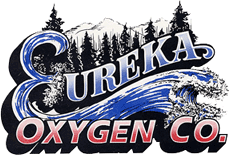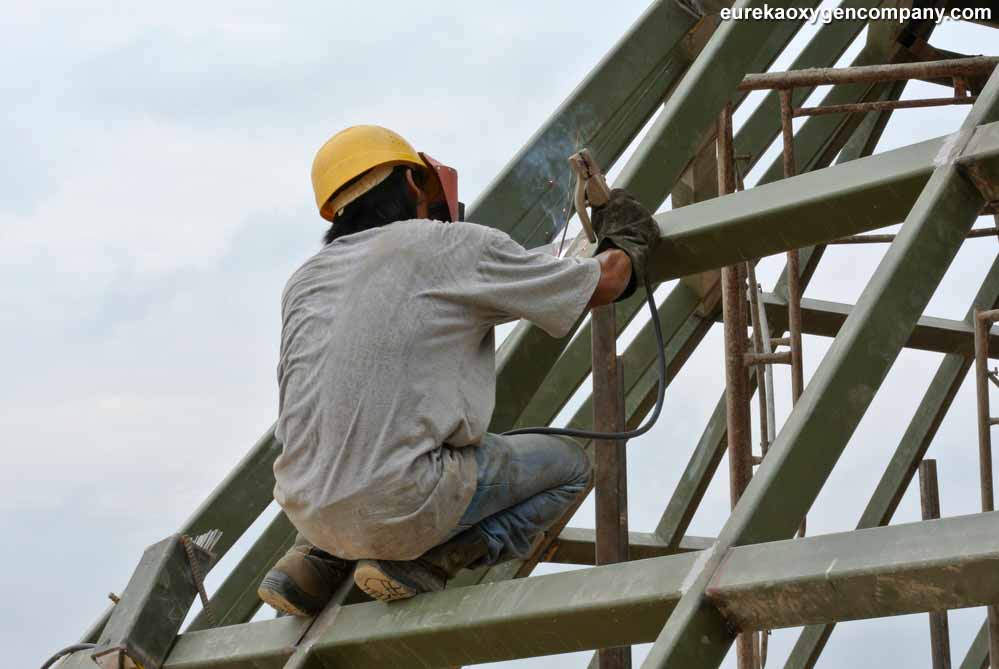Mild steels offer numerous benefits including easy weldability and the ability to bend and mold the material, which makes them perfect for a wide range of welding applications. When comparing mild steels to other steel alloys, you’ll find that mild steels are much more cost-effective, making this welding base material widespread in a variety of applications.
Mild steel characteristics
Otherwise known as low carbon steel, mild steel comes complete with a carbon content of no more than 0.25%. The two most commonly utilized variants in fabrication and manufacturing applications are ASTM A36 and AISI 1018. Generally speaking, mild steel has a lower tensile and yield steel than most low alloy steel. In turn, this definitely means unlike other alternatives in the welding market, mild steel is malleable and may be bent and rolled into varying shapes. On the other hand, in applications where high tensile and yield strength are a priority, mild steel may be welded in thick and heavy sections.
TIG mild steel welding
TIG welding uses a high-frequency current to weld together pieces of metal. This method is popular because it is fast and produces a good weld joint.
When welding mild steel, it is important to use a welding process that will not add too much heat, as this can cause the metal to become brittle. To begin welding, prepare your workspace.
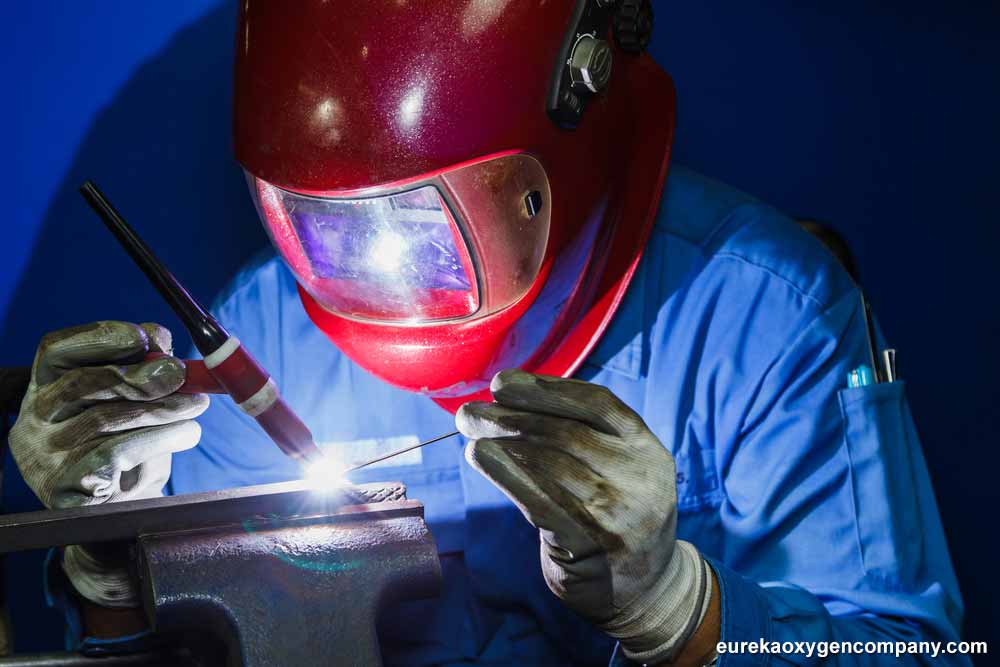
Considerations while TIG Welding Mild Steel
The most important thing to remember when TIG Welding Mild Steel is to use the correct filler metal, keep your welds clean and tidy, and make sure to use a good cleaner and brush after each weld to remove any dirt or oxides.
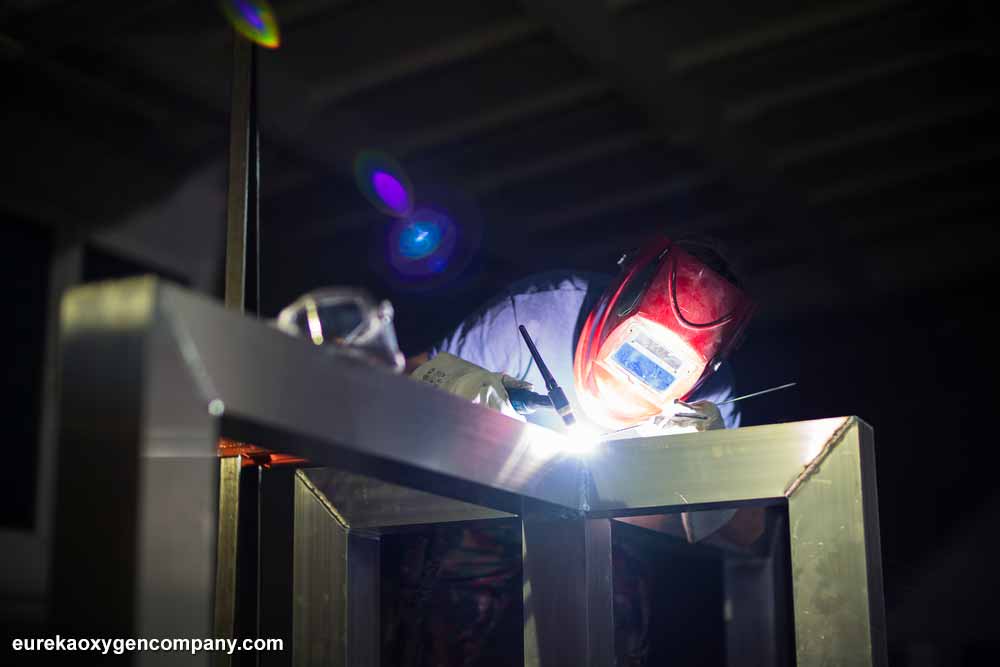
When welding Mild Steel, you’ll need to make sure the arc is maintained. This is because Mild Steel welding may overheat the metal. By watching your welds closely and maintaining an even arc throughout the entire weld, you can prevent this issue.
When TIG welding mild steel, use the same polarity as that used for stainless steel TIG welding, which is argon
Mild steel welding safety
The latest studies have shown that mild steel welding produces carcinogens, so safety during welding is imperative. Breathing fumes from welding can cause eye, nose and throat irritation, dizziness and nausea. If exposed to fumes for long periods of time, welders are susceptible to lung damage and various types of cancer, including lung, larynx and urinary tract, as well as metal fume fever, stomach ulcers, kidney damage, nervous system damage and Parkinson’s–like symptoms.
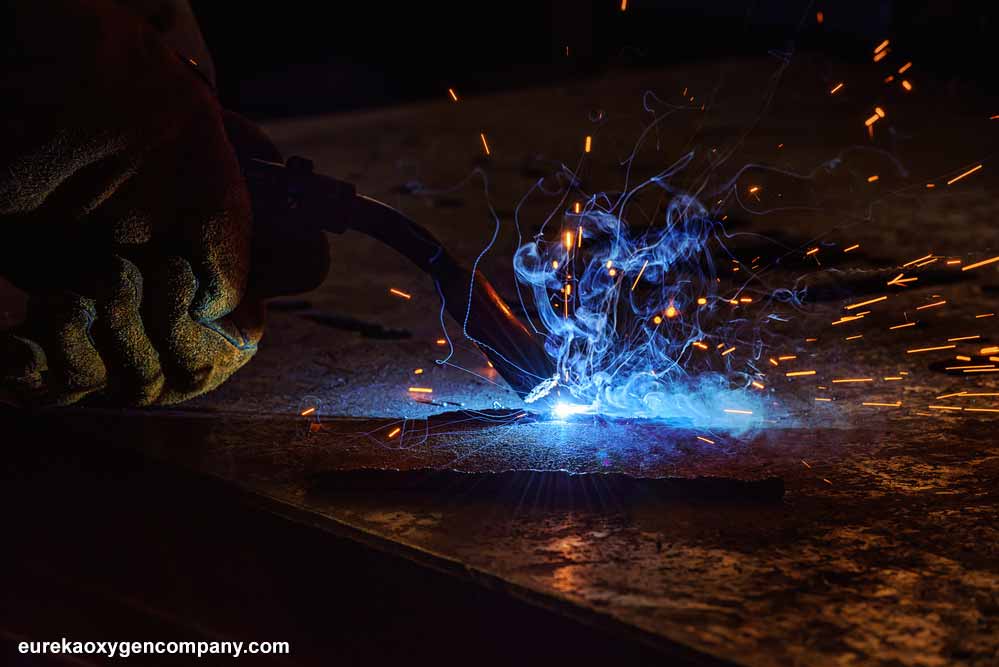
Welders must be aware of the hazards of the materials they are working with, and ensure that welding surfaces are cleaned of any coating that could potentially create toxic exposure, such as solvent residue and paint; Position themselves to avoid breathing welding fumes and gases; wear masks and always use no. 10 lenses on your welding helmet to ensure sufficient eye protection. To protect yourself from burns, wear an apron or coveralls.
Eureka Oxygen is proud to offer top-notch welding equipment, welding supplies and accessories from the best brands on the market. We also offer a wide variety of safety equipment and gear including fire suppression equipment. Check our contact information and location list to schedule an appointment!
